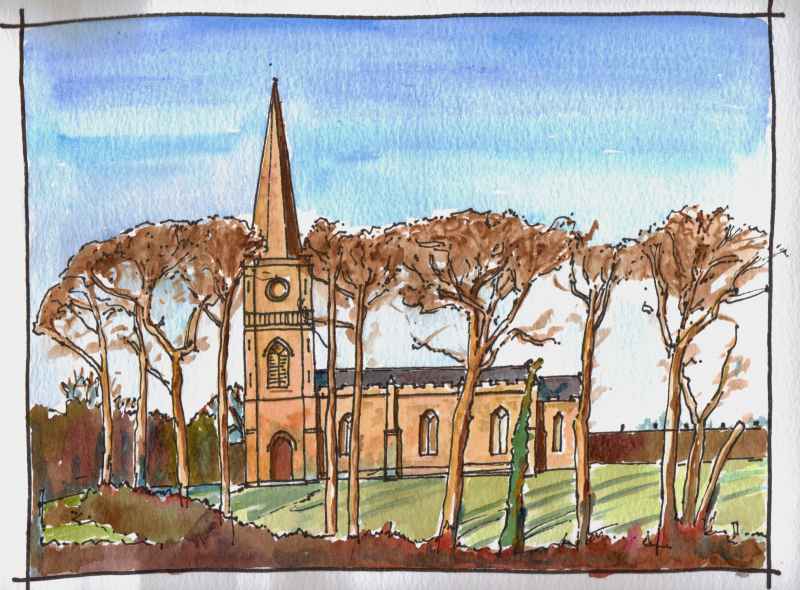Tamlaght Finlagan Parish Church is situated beside Clooney Road at the northern end of Ballykelly Village. It was finished in 1795 and replaced the former chuch at the end of the Plantation settlement. It was funded by the Earl Bishop- Fredrick Agustus Hervey, and by the local undertaker of the Fishmongers Company lands in the area -John Beresford. The architect is thought to have been Michael Shanahan. He was a Cork architect who had entered the service of the Bishop when he had been Bishop of Cork and who had accompained him on his second ‘Grand Tour’ of the Continent recording classical architecture between 1770 and 1772. The building is a deliberate set piece, set back and parallel to the road with crisp detailing and an elegant form
|
|
|


